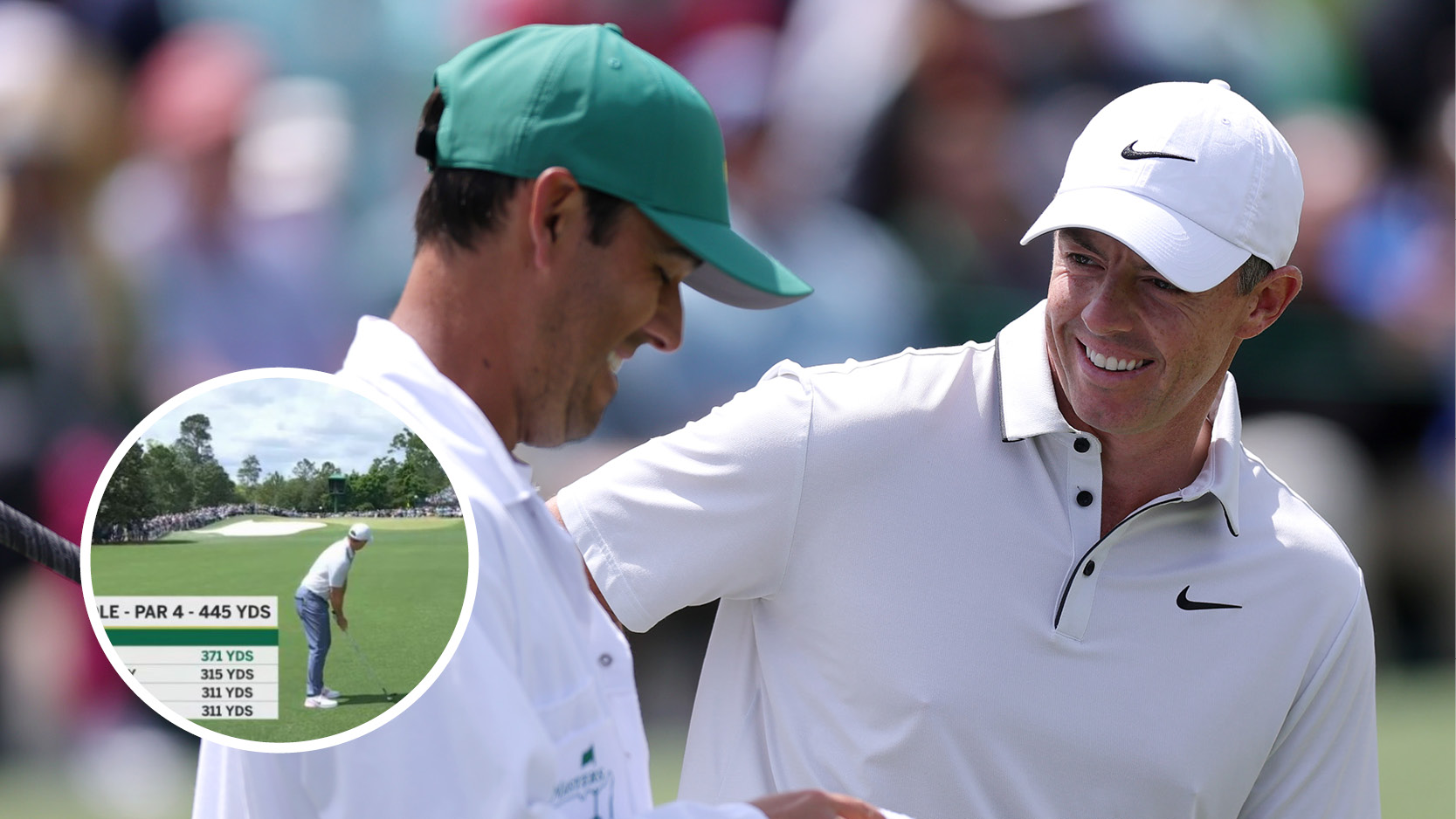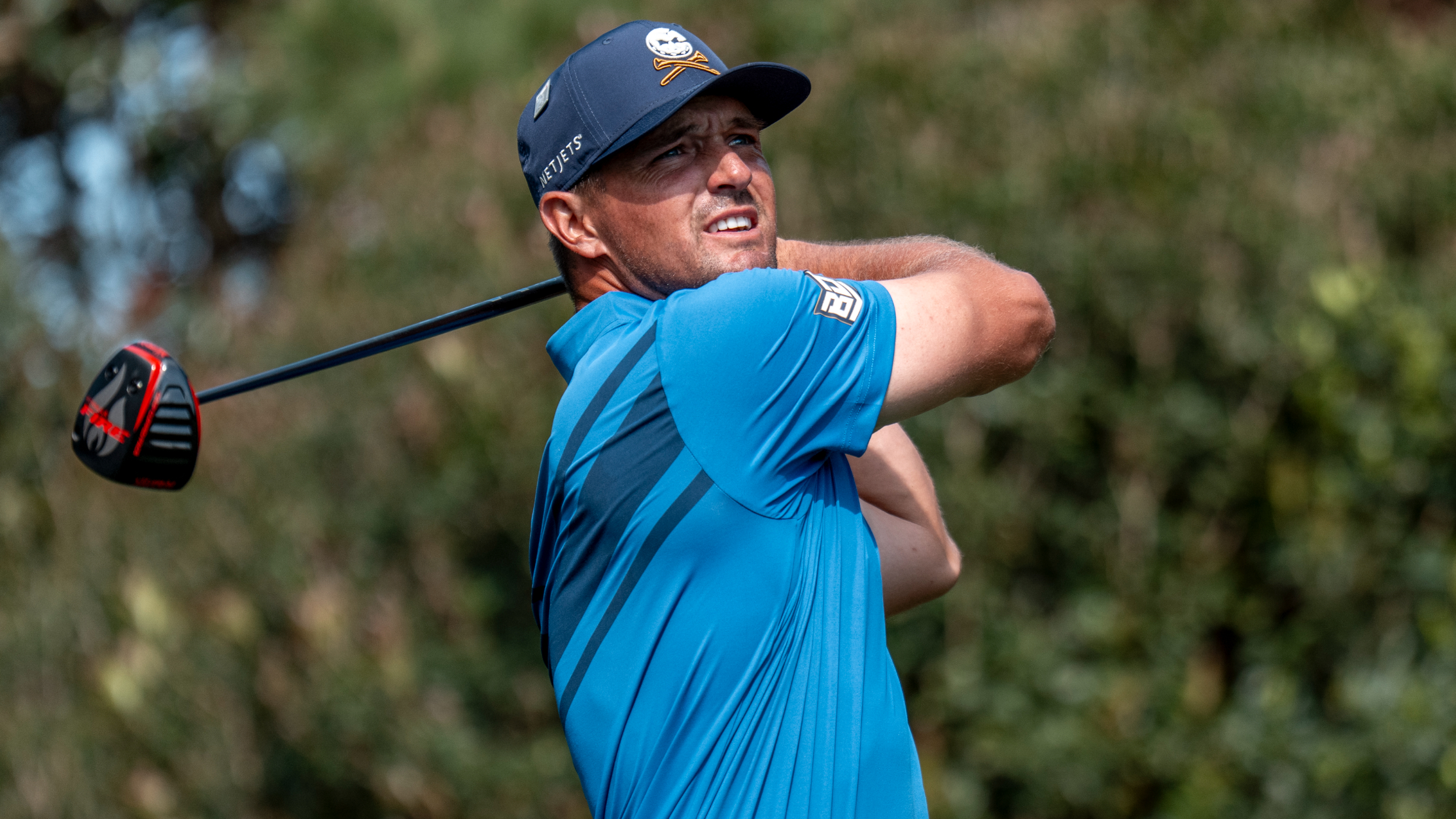The new way to chip
England Elite Squad Coach Gary Smith discusses some new chipping techniques


England Elite Squad Coach Gary Smith discusses the new way to chip that will help improve the consistency of your strikes
The New Way To Chip
For as long as I can remember coaches have taught their pupils to stand open when they chip and cut across the ball. This has become the accepted method, but I believe it is unnecessarily complicated. There is a more consistent alternative to use both when you pitch and chip, that more effectively integrates your long game into your short game. This is what I call ‘The Linear Approach' and it offers strict spin control, a smooth rhythm and above all, a greater margin for error with the strike. On the pages that follow I'll walk you through the technique, explain the principles involved and the ways to groove it into your game. All you need is an open mind and a willingness to commit to it. If you are brave enough to adopt this simple method, ‘The Linear Approach' could transform your scoring potential.
1) Why aim straight?
Perhaps the more pertinent question to ask here would be: why aim left to hit the ball straight at your target? It doesn't make any sense to aim off line and this only serves to create unwanted left-to-right sidespin. It also makes pulling your chips more likely. Why complicate the action, simply aim straight as you would for any full shot and try to keep the club working along a far more neutral, less destructive path. This requires your body to rotate, working as the engine of the swing, which also keeps the club flowing through the ball.
2) Why set the ball forward?
Your ball position is only relevant when you speak about it in conjunction with your sternum. Notice in the address picture opposite how the ball is forward, but my knees are flexed and my weight is on my left side. This allows my sternum to sit directly over the ball. The traditional approach is to set the ball back in the stance, which causes the shaft to lean back to the ball at address. But this only causes your left shoulder to lift through the downswing, causing inconsistent strikes. The Linear Approach creates a shallower angle of attack that forces you to be more target focused and offers a greater margin for error with the strike. So keep the ball and sternum opposite your left heel and rotate the body freely into the finish, stacking your weight on your left leg and facing the target.
Get the Golf Monthly Newsletter
Subscribe to the Golf Monthly newsletter to stay up to date with all the latest tour news, equipment news, reviews, head-to-heads and buyer’s guides from our team of experienced experts.
3) Why rotate the body?
Like every other part of the game, your chipping action needs to flow. The saying that encapsulates the correct approach is: to gain control, you need to lose control. The traditional approach often causes players to keep their arms working separately from their body. What feels like it might be offering more control (because your body stays still) only kills your rhythm, hampering your distance control. Feel that your arms are rotating with your body on the way back. Turn around the left leg on the way back (see backswing picture above) and then let the club flow through the ball. Your right hand should take over through the downswing, releasing the club as if you were trying to hit a draw. The right hand works under the shaft as this helps maintain loft through the ball.
4) Forgiving strikes
One of the reasons you should seriously consider using this method is the margin for error it gives you with the strike. The key to understanding why there is so much forgiveness is knowing how the angle of attack and bounce work together. Remember the club should work on a shallow plane through the ball. If you get this right - striking the ground with the bounce of your wedge - you don't need to worry about the ball. The bounce will keep the wedge moving through impact, delivering the sort of strike you are looking for. This shallow angle is also the key to generating plenty of spin. A good analogy is to think of a table tennis player, hitting an ‘under-spinning' forehand. The bat approaches the ball at a shallow angle, with the face open. The ball flies back over the net low and loaded with spin. Exactly the same principles apply here.
5) Let the head go
If you are used to using the traditional chipping method, the hardest new move to master will be how the shaft works through impact. We have already mentioned that your right hand moves under the shaft through the ball, but another good way to think about the right move is to concentrate on the butt end of the club. The top of the shaft should still be pointing at you, after you have struck the ball. If you get the flow of the stroke right, letting the head overtake the shaft through impact, this will feel natural and help the release of the club. It sounds simple enough and it is, although your muscle memory may work against you. Hit some one-handed shots in practice to feel the right move.

Location: Sutton Green Golf Club
Gary is a PGA Master Coach who has delivered over a hundred short game seminars to more than a thousand professionals and coaches across the UK and Europe. He was an England EGU Men’s Elite Squad Coach for 14 years and worked with many of today’s world stars, including Tommy Fleetwood, Chris Wood, Andrew Johnston and Justin Rose.
Teaching philosophy:
For the long game, I don’t coach methods or fads, I focus on the student’s needs based on their goals, physical limitations and opportunity to practice. I encourage my students to regularly ask questions if they are confused and for them to get involved in the process of change and improvement in partnership with me. Honesty and realism are vital when assessing a student’s potential, but often their games can be taken way beyond where they think it can go.
Students learn best when...
They are having fun and can see a clear path with their game improvement process. If the student doesn’t experience real progress fairly soon, then as a coach, I’m not doing my job. Ensuring simple, clear and fully understood coaching input is a must.
Most common problem:
Every golfer hates it when they hit great drives and decent approaches but then consistently duff their chips, fail to get out of bunkers and generally mess up around the green. It’s my passion, together with my groundbreaking Linear Approach to Short Game, to improve players' skills around the green. Generally, long game improvement can be limited by age, physicality or inflexibility, but anyone and everyone can learn to love their short game given the correct information.
-
 Rory McIlroy Fires Back-To-Back 370-Yard Monster Drives In Birdie-Eagle-Birdie Start To Lead The Masters
Rory McIlroy Fires Back-To-Back 370-Yard Monster Drives In Birdie-Eagle-Birdie Start To Lead The MastersIt's safe to say that the four-time Major winner was full of adrenaline at the start of his third round, with McIlroy pounding two drives that measured a total of 740-yards
By Matt Cradock Published
-
 Who Is On Bryson DeChambeau’s Team? Coach, Caddie, Manager And More
Who Is On Bryson DeChambeau’s Team? Coach, Caddie, Manager And MoreBryson DeChambeau is one of the most high-profile and successful players of his era, but who are the team members helping to guide his career?
By Mike Hall Published